Or: How we discovered another ending of Dino Risis’s Il segno di Venere” (The Sign of Venus) (1955), starring Sophia Loren and Vittorio De Sica
Christoph Huber
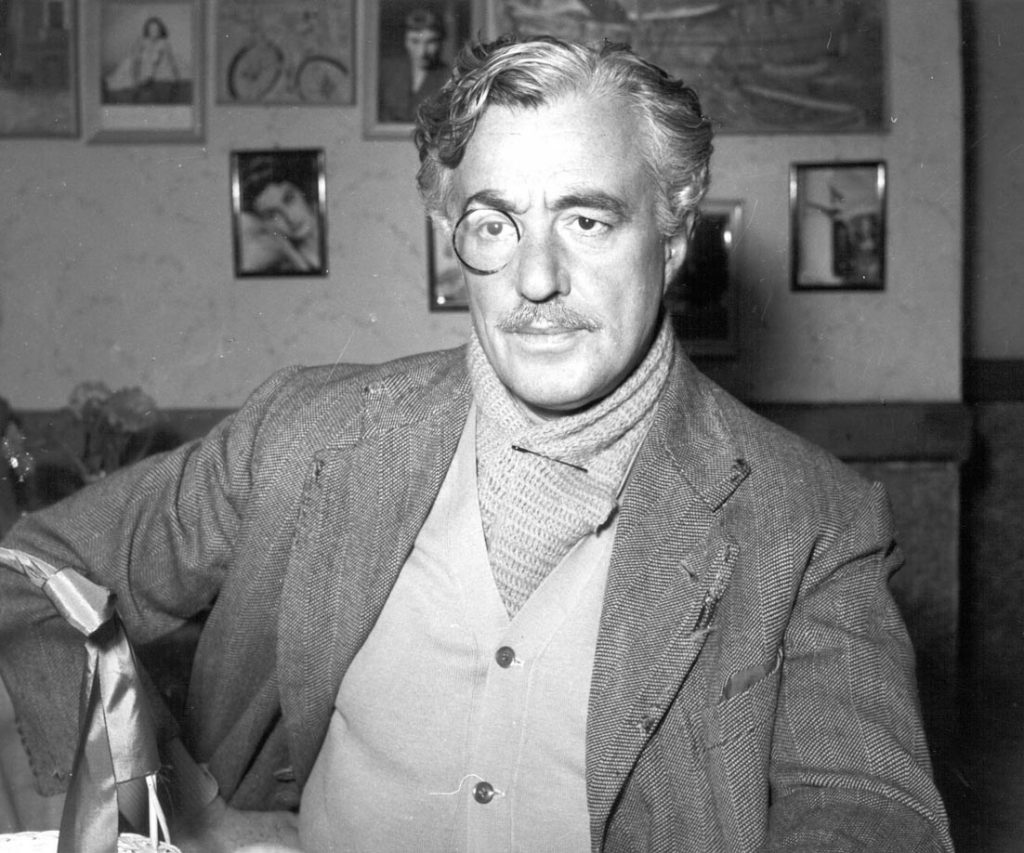
If you plan to attend our screening of Dino Risis’s Il segno di Venere (The Sign of Venus, 1955) tonight, you may want to read this post only afterwards, as it might spoil your surprise–for we will again present the original ending we discovered quite by accident. Otherwise, feel free to read on–for who knows if this little extra gem will ever come your way.
When the prints for our De Sica retrospective arrived, we were surprised to be notified by our archive that Il segno di Venere came with a little extra reel. On closer inspection, this turned out to be another ending for the film–even including subtitles, so somebody had already put an effort into this. Yet nobody knew anything about this alternate ending when we started to make inquiries. Also, not a word in the literature or on the internet; once we had taken a closer look and were pretty sure what we were dealing with, a colleague even contacted various Risi experts and the family of the late, great maestro della commedia all’italiana–again, without success. So all we have for now is the reel itself–and although it’s just a short additional scene, it gives an entirely different spin to the emotional tone on the film’s ending, proving how “little things” can have great effect.
Il segno di Venere is only Risi’s third fiction feature (not counting his astonishing early documentary Il siero della verità (1949), a scientific film, whose reflections on the very nature of truth [and its filmic construction] shed an illuminating light on Risi’s future work): a Cannes competition entry in 1955, it surely boosted Risi’s stature, to be confirmed instantly by the success of his sequel Pane, amore e…. (Scandal in Sorrento, 1955) and especially Poveri ma belli (Poor But Beautiful, 1957), a breakout hit from the later phase of neorealismo rosa, which had supplanted the original form of postwar neorealism, mostly by downplaying the hitherto pronounced social intentions, instead providing a more upbeat tone and budding stars.
Just like Poveri ma belli, Il segno di Venere already points towards the next development, in which the humorous touch of pink neorealism gave way to commedia all’italianna’s more scathing satire–at which Risi excelled spectacularly, combining pointed gags and hilarious ideas with bitter truths and grim insights. Hardly grim, Il segno di Venere is nevertheless a tragicomic film about disappointments, following the romantic misadventures of a lonely woman named Cesira (Franca Valeri, who also contributed to the script), while her beautiful cousin, as played by Sophia Loren, naturally draws the attention of every man she encounters. The ensemble of possible suitors includes stars like Vittorio De Sica and Alberto Sordi, who is bursting with so much energy (check out his ass-wiggling on the terrace in an amazing party sequence) he steals several scenes, if not the movie–thanks to Risi’s knack with actors, Il segno di Venere gives us an entire ensemble–too many to list them all–of superb character sketches that makes it impossible to single anyone out.
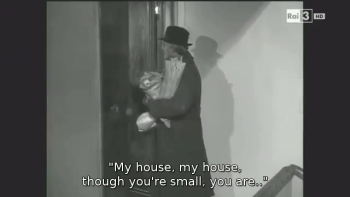
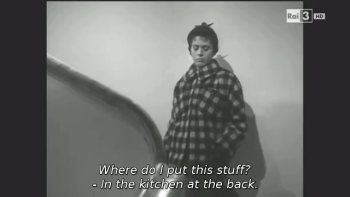
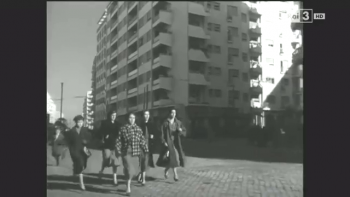
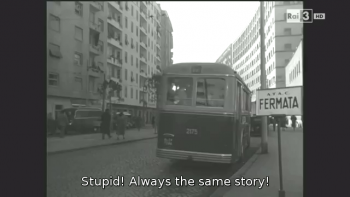
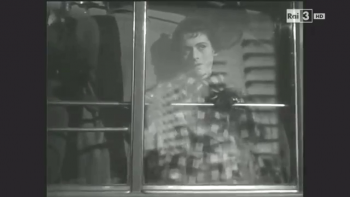
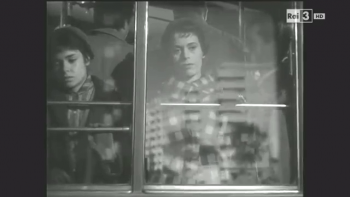
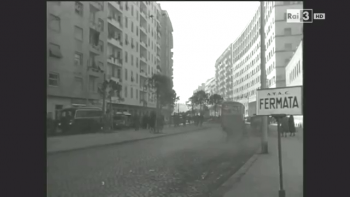
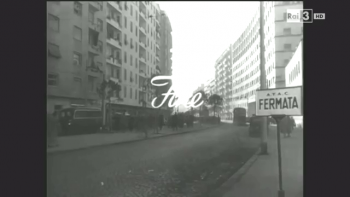
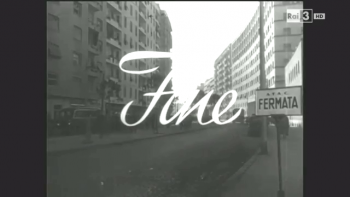
I don’t actually believe in spoiler alerts (a really good film works regardless of your foreknowledge), and the one I’ve given here is more an act of courtesy: In fact, the film’s melancholic currents prepare the audience not to expect a happy ending. I’ll use screengrabs to illustrate how the finish of the known version of Il segno di Venere plays out. The last scene begins with the disillusioned heroine sadly descending the stairs on her way to work–and to add insult to injury, she overhears a former suitor worming his way into another woman’s heart. It’s the poor poet played by De Sica in another one of his signature roles as a charming swindler, employing every trick in the book to get money. As he follows a downstairs neighbor into her apartment, he spouts his usual poetic flourishes to pull the wool over the woman’s eyes–looking forward to a good meal she’ll prepare for him.
Cesira halts on the stairs and waits until the couple has closed the doors behind them before continuing her descent.
Downstairs, she meets acquaintances and they have to hurry after the bus which will take them to work.
The last few shots show the bus leaving, then we get a closer view of Cesira behind its windows, looking out wistfully, before Risi cuts back to a long shot of the bus driving away and the end credit is superimposed.
It’s a classic way to end a film and works fine–actually, it is interesting to note that Il segno di Venere concludes on a sadder note here than with the additional scene; the final decision to excise the subsequent scene was probably to play up the bitter in the film’s bittersweet tone. Because what follows is clearly more uplifting–but also more ambivalent. Back at work, Cesira sits at her desk, and is ostensibly revitalized when a young man shows up and they have a little chat. If the original ending makes her disappointment seem permanent, this one gives her more hope–which, if you know your Risi, may feel more optimistic, but that doesn’t mean things will be rosy from now on. Is her rekindled hope really a romantic statement–or is it just self-deception, survival instinct or human folly (or a mixture of all three)? In any case, the film ends with a pointed and amusing modern touch: Invigorated, she turns to her typewriter and we see a close-up of the page she’s typing…until, after a few lines, she hammers in the final letters — THE END.